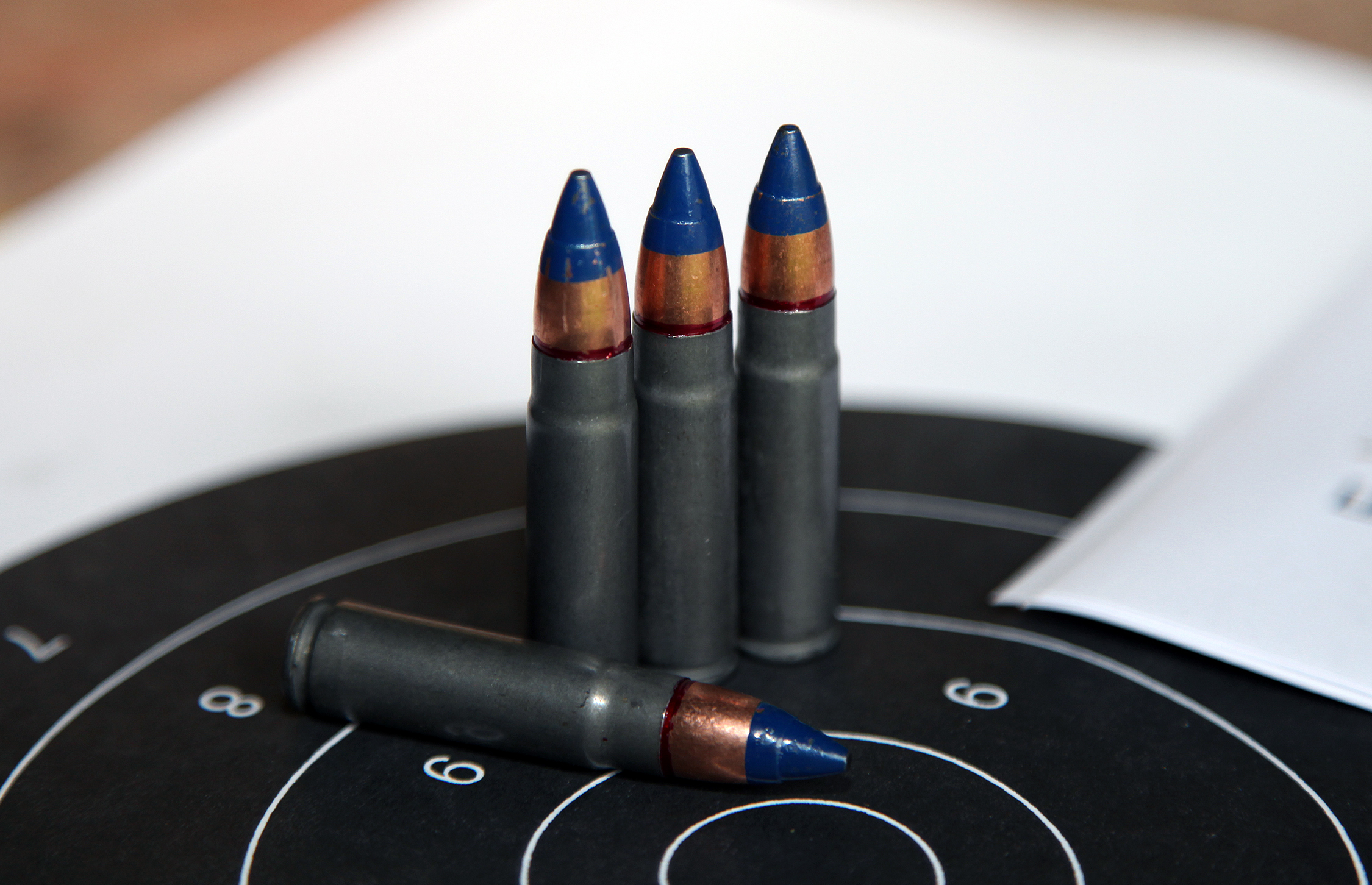I've written ballistic calculators and other code that numerically integrates differential equations. The reason it is done by computer rather than by hand is the large number of calculations involved. Most low drag rifle bullets will be in flight for several seconds for the sound to catch up. Typical time steps are less than a millisecond in these numerical integrations. The formula for each time step is fairly complicated and involves 10-50 individual calculations, depending on how it is organized. Do the math on the total number of calculations and you see pretty quickly why one uses a computer to do them rather than doing over 10,000 calculations by hand to obtain a single result.



